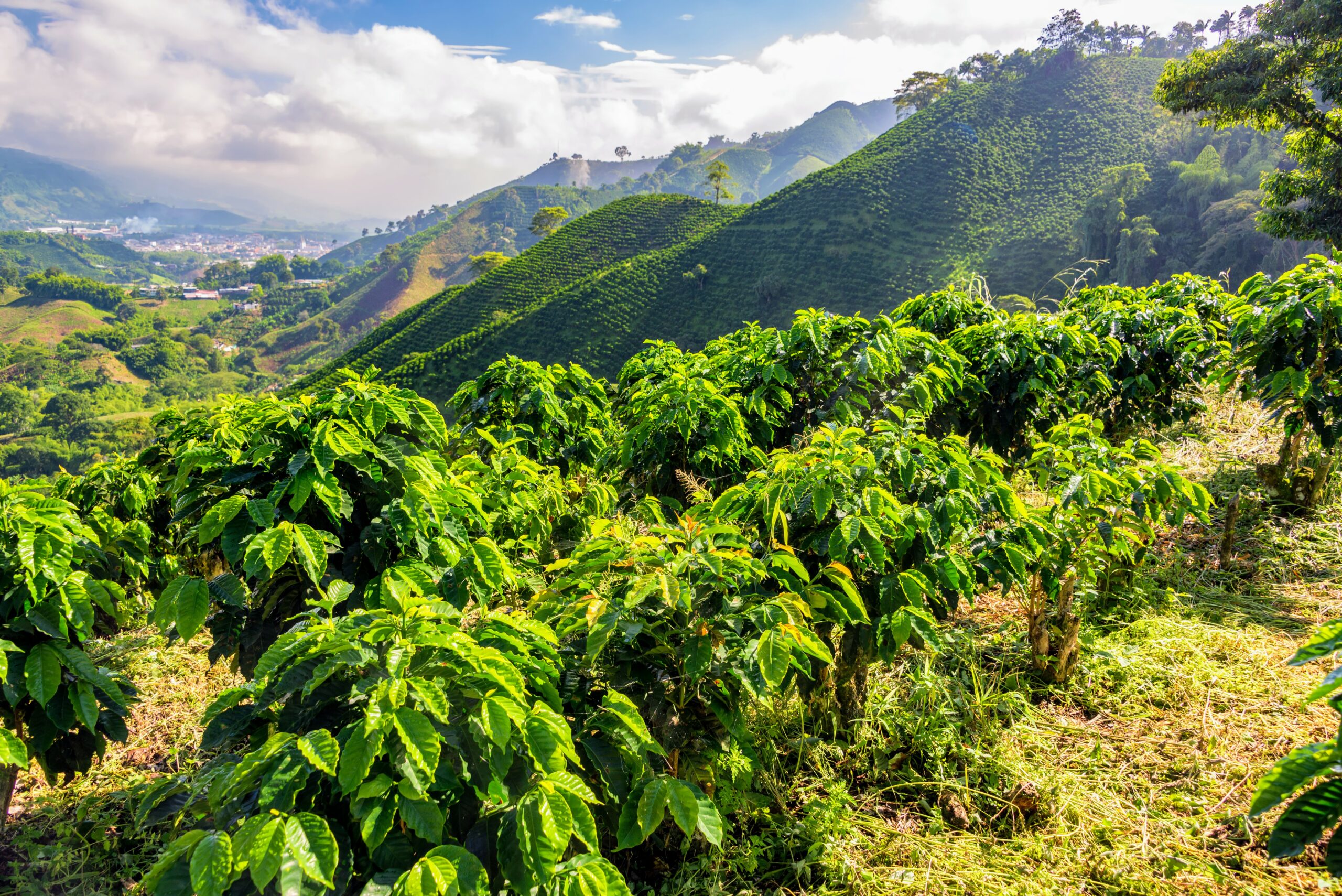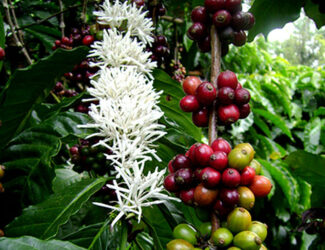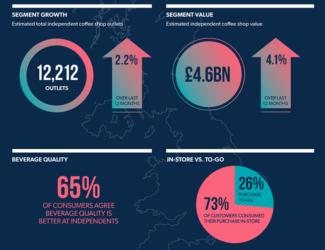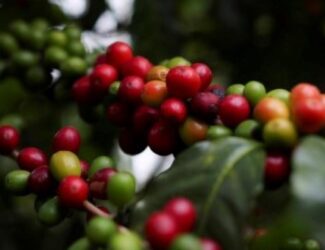
The world is facing coffee crop failures due to climate change
Global coffee trade is increasingly threatened by climate change
Coffee crops are an important source of income for millions of people around the world, but with the climate changes anticipated, coffee plantations may be in danger of dying or failing to thrive. Coffee plants are sensitive to climate variability and change, and have fairly narrow ranges of tolerance to temperature and precipitation. It is already considered that climate change will reduce the currently suitable areas for coffee cultivation by as much as 50 percent, which would have serious economic consequences.
However, a recent study has highlighted another way in which climate change is set to affect coffee cultivation. Annual yields are susceptible to certain climate hazards, such as heat waves, droughts, frosts and floods, all of which are likely to become more frequent in future. In addition, when these hazards occur simultaneously over coffee-producing regions, they can cause large-scale crop failures that threaten the global coffee trade.
In order to better understand how large-scale climate modes such as El Niño Southern Oscillation (ENSO) may lead to simultaneous coffee crop failures in multiple countries, the researchers conducted a systematic analysis of literature on climate hazards and compound events in coffee producing regions between 1980 and 2020. They identified 12 climate hazards that threaten coffee crops in the top 12 coffee-producing countries, for example, when temperatures are too cold during the flowering season, or too warm during the growing time.
They found that the annual number of hazards globally has increased since 1980. In fact, most of the regions considered (excluding Uganda and India) have experienced a greater number of hazards in the past decade alone. Since 2010, there have been five years during which at least 20 hazards occurred across all regions, compared to just once in the years before this. This implies that large-scale coffee supply is at risk, globally, from compounding climate hazards.
The researchers state: “In 2016, for example, every region experienced at least one hazard, with most of the top growing-regions (northern and southern Brazil, Colombia and Indonesia) experiencing multiple hazards simultaneously.”
The analysis, published in PLOS Climate, also reveals that the type of climate hazards have changed over the past 40 years from those associated with overly cool conditions to those occurring in overly warm or dry circumstances. The scientists say more research is needed, however, to understand what kind of adaptations might mitigate global coffee crop failures under these new conditions.
“Our results suggest that El Niño is the primary mode in explaining compound climate event variability, both globally and regionally. Region-level hazards are therefore indicative of systemic risk to coffee production, rather than local risk. As with other crops, a systemic risk to the global coffee trade is posed by synchronized crop failures. With climate change projections showing a continued rise in temperatures in the tropics is likely, we posit that coffee production can expect ongoing systemic shocks in response to spatially compounding climate hazards,” wrote the study authors.
“Since 1980, global coffee production has become increasingly at risk of synchronized crop failures, which can be driven by climate hazards that affect multiple key coffee-producing areas simultaneously.”






